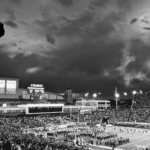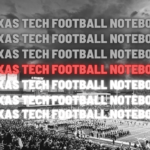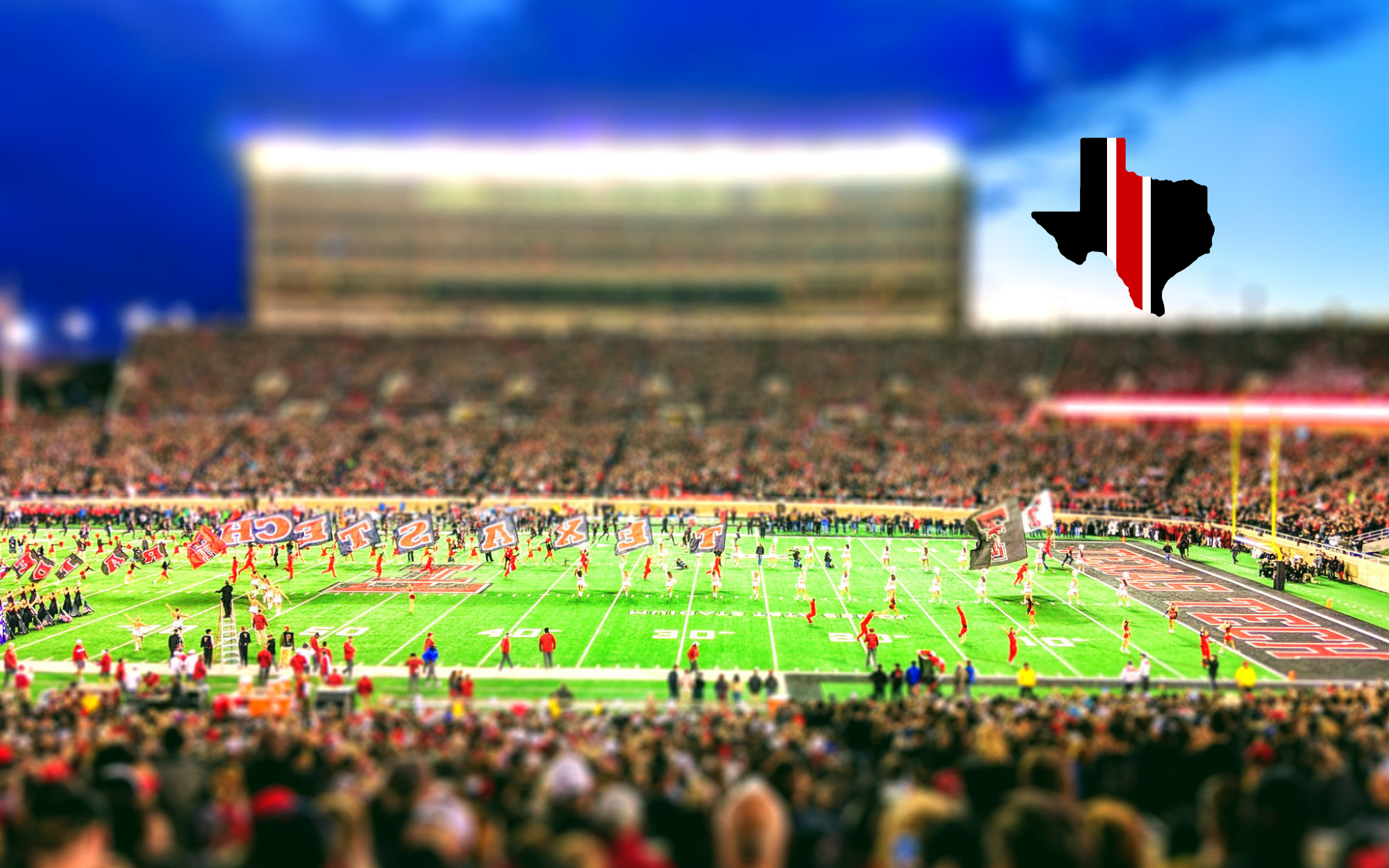One of the things I was thinking about was that I had signed up for Pro Football Focus’ in-season grades and I never really got the chance to utilize that information during the course of the season. Me being busy and trying to crate content just meant that I couldn’t use that content for the time-being.
Now that the season is over, I think I figured out how to use some of the data. I’ll fully admit that math isn’t my area of expertise, so just know that my thought processes are rudimentary at best.
PFF says that they start grades on a 0-100 scale at the season level (and game level) and an 80 grade for the season is terrific, while an 80 grade for a particular game is good, but not terrific. The cumulative effort and the consistency of the season is difficult to maintain. As you might expect, a 90+ is essentially elite, basically top 15 or so, and the best way to think about this is in terms of grades like you would get in school.
A = 90+
B = 89-80
C = 79-70
D = 69(nice)-60
F = 59-0
I don’t feel comfortable revealing individual grades, but I do think that I can give you an idea as to a position group. What I did is totaled the snaps, and then did a formula to average it out so we know how well a position group did. I basically took some information and hopefully made it my own to get an idea as to how well a position group performed.
Thus, without further ado, let’s go.
Center: C+
Dawson Deaton apparently took all of the snaps at center and although you might think that a C+ isn’t good, just wait until you see the rest of this. There were a few games where Deaton had a few too many penalties, but he was solid as a rock.
Guard: D+
Not quite passing for the guard position, but there were some things here that should be disturbing. Jack Anderson really bring up the class average in this group because generally speaking, the guard position was a D or worse. Weston Wright was absolutely brutal in terms of production, an F and he had nearly 700 snaps.
Tackle: F
There’s a lot that I can do to soft-sell this, but this may be the worst position of the entire team (I can’t type this definitively now as I haven’t done all of the grades). Burger was the best performer and he was at an F+, while Caleb Rogers and Ethan Carde were both F- in terms of production. I know they were both young and inexperienced, but if you want to know why the offense didn’t click, it’s because Texas Tech’s tackles were abysmal. The other thing that I am considering is that despite terrible performances, these guys were the only ones that received any playing time. It also emphasizes that the staff didn’t think that there was anything on the roster prior to this year that was capable of performing better than an F. Let that sink in a bit.
Running Back: C-
Not great, but not terrible. This is one position where every member of this position group performed well, Tahj Brooks, SaRodorick Thompson, Chadarius Townsend, and Xavier White all had above a 70. So maybe not a position group that wowed, but a position group that was really consistently pretty good. The best position group on the offensive side of the field that had multiple performers (i.e. the center spot was just Deaton).
Tight End: F-
If you were looking for a position group worse off than the tackles, it would be the tight ends. Connor Killian had an F, while Travis Koontz and John Holcomb had F- in terms of production (but is probably worse than what you’re thinking). I know that Holcomb was young, and that’s forgivable, but generally speaking, this is a position group that has to improve significantly.
Wide Receiver: D
This is a bit watered down because it includes both inside and outside guys, but I’m trying to crank out content so you’ll have to forgive me. it should be noted that the top 3 snap guys were Erik Ezukanma, J.J. Polk, and Myles Price. Just saying that this is likely your starting 3 next year. KeSean Carter was the top performer in terms of a grade with a C+, but generally speaking, this group was just below a C and not quite a D+. they can improve, and I am pretty certain that they will.
Quarterback: D
Alan Bowman played 56% of the snaps with Henry Colombi playing the other portion with both essentially D players. I don’t know that I have a ton to add, but the grades confirm what your eyes saw.
Final Thoughts: If you add it all up, average the grades, Texas Tech is on the boarder of a D- or a D. The offensive line was a D and the skill positions are greatly influenced by the tight ends (which I can say was below a 45 for the total grade). If you were to take that position out of the equation, it would bee a D+.
Statistically, Texas Tech finished 60th in F/+ on the offensive side of the ball and 62nd in FEI. Out of 127 teams. That’s probably why David Yost was let go. There is a lot of room to get better. A lot. And I think the biggest question is why certain players are playing who are clearly not performing well. This happened on the offensive and defensive end of the field, so this isn’t just a Yost issue. I’ve peeked at the safety position and well, we’ve got issues there.
And I get that this post isn’t Snickers bars and rainbows. The defensive post isn’t going to be much better. When I started this exercise I wasn’t sure what was going to happen, but I was surprised how bad the grades were for the offense and how bad the defense is going to show. And keep in mind that these aren’t my grades, but ProFootball Focus. If anything, this indicates the biggest need of improvement and I hope the coaches are paying attention.









